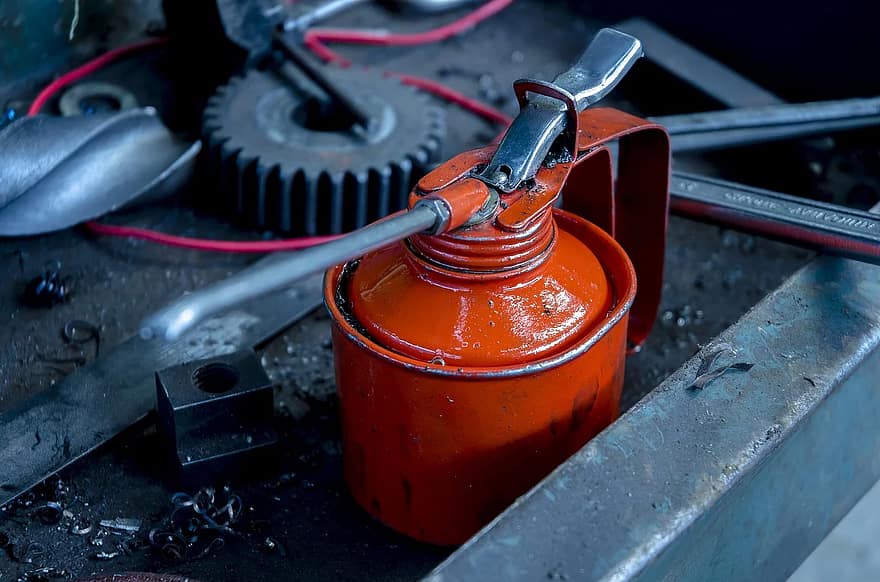Technicians and engineers are often met with the dilemma of choosing either manual or automatic lubrication systems. While leaving things on “auto” is tempting, responsible engineers who want to be in control and address issues before they escalate into bigger problems won’t just opt for this choice. Here’s what to consider in order to enjoy a peace of mind:
Pick automatic lubrication if:
- You want to maintain a stable level of optimal small-dose lubrication that is impractical otherwise.
- You can’t afford constant inspections and maintenance, or you want to cut down on these costs.
- You want to deliver very specific doses of lubricant, avoiding leakages from over-greasing and the associated pollution.
- You want to minimize the chances of external contamination of the grease which can happen when the part is opened for manual lubrication.
Pick manual lubrication if:
- You need to conduct frequent part inspections, so greasing manually won’t be an issue.
- You need to extend the re-lubrication intervals and you have no problem with over-greasing.
- You are worried about the investment costs required for covering the acquisition and installation of automatic lubrication systems.
- You are dealing with parts that have variable operational burdens, so greasing manually depending on the constantly shifting requirements is the preferable choice.
Whatever you pick though, there are some factors that need your careful consideration, otherwise, your choice will be futile. First and foremost, you need to use the right type of lubricant for each application, and this is usually denoted by the OEM. Operating temperatures, humidity, rotational speeds, etc., are all factors that determine the type and frequency of lubrications. Whether you are planning to install an automated system or you are going for the manual choice, determining the above parameters and figuring out the right lubricant before you select the system type is key.







